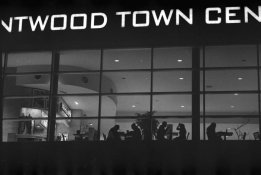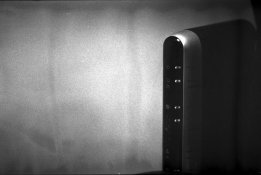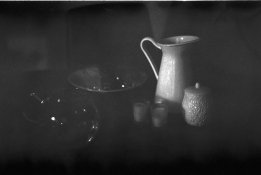dugrant153
Member
Hi everyone,
I've been shooting with my F3HP and loving it so far. However, I find that I'm getting some weird exposures on some frames. I shoot black and white and the F3 does a pretty fine job in A mode most of the time. However, I find that the odd frame here and there turns out muddy in the blacks. Or, everything seems dark (as compared to a well exposed negative).
I push my film to 1600 and expose at 1250ASA and I tend to lock exposure for the subject. Some frames are awesome, others... I think they look underexposed.
I'm wondering if maybe there is a problem with the F3? Or (most likely) a problem with the way I'm shooting it? I know this has a slightly different 80/20 split for metering than most cameras and maybe that's throwing me off.
(Sorry not at a comp with my pictures so can't show any samples. But I'll post some when I get home later today.)
Any tips would be greatly appreciated
I've been shooting with my F3HP and loving it so far. However, I find that I'm getting some weird exposures on some frames. I shoot black and white and the F3 does a pretty fine job in A mode most of the time. However, I find that the odd frame here and there turns out muddy in the blacks. Or, everything seems dark (as compared to a well exposed negative).
I push my film to 1600 and expose at 1250ASA and I tend to lock exposure for the subject. Some frames are awesome, others... I think they look underexposed.
I'm wondering if maybe there is a problem with the F3? Or (most likely) a problem with the way I'm shooting it? I know this has a slightly different 80/20 split for metering than most cameras and maybe that's throwing me off.
(Sorry not at a comp with my pictures so can't show any samples. But I'll post some when I get home later today.)
Any tips would be greatly appreciated















